Grant reconnects youth to the community through art
The Trout Museum of Art received grants from the Bright Idea Fund and the Appleton Rotary Community Art Fund within the Community Foundation to implement its Restorative Justice program, a year-long, immersive arts program for youth under the supervision of Outagamie County Youth & Family Services.
By Marci Hoffman, education coordinator, Trout Museum of Art (TMA)
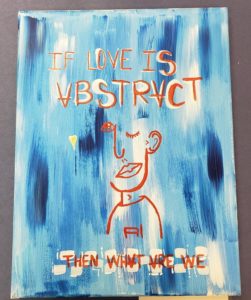 A beautiful collaboration ignited last year when a social worker from the Outagamie County Youth & Family Services Restorative Justice program approached me in search of community service opportunities for their youth, asking if Trout Museum of Art (TMA) could benefit from the time and energy of the young men and women in their program.
A beautiful collaboration ignited last year when a social worker from the Outagamie County Youth & Family Services Restorative Justice program approached me in search of community service opportunities for their youth, asking if Trout Museum of Art (TMA) could benefit from the time and energy of the young men and women in their program.
Restorative Justice is a philosophy that focuses on restoring the community. Area youth are referred to the Restorative Justice program by the Outagamie County Juvenile Court System with the intention to reconnect them with their community in a positive way.
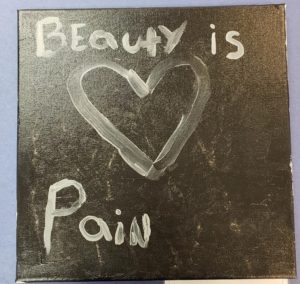
Local organizations are active participants in helping shape our community’s youth by providing strengths-based skill building and helping to increase their self-confidence. Together, we give opportunities to youth to be accountable for their actions and repair the harm they have caused by past mistakes.
When TMA partnered with the Restorative Justice program for the first time, youth spent hours cleaning and reorganizing two studio spaces. Cleaning moved along much smoother and quicker than expected, so with 30 minutes of time remaining, I invited them to paint a large canvas with me.
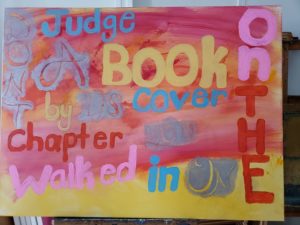
Each youth, including ones who did not engage throughout their time at TMA, participated in the painting.
Some excitedly covered their hands in acrylic paint and smeared them all over the canvas while others meticulously crafted shapes and letters, trying out different techniques.
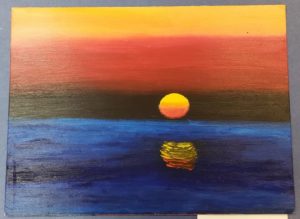
That was when we knew we were onto something. Art has an incredible rehabilitative effect on everyone and providing more opportunities for Restorative Justice youth to create is a perfect opportunity to learn skill-building and increase their self-confidence. Rather than inviting them to clean the studios at TMA, art parties were hosted by the county instead.
At the time, TMA was preparing for an exhibition that included prints by Edward Curtis, a photographer who dedicated his life to photographing Native American peoples throughout the United States.
Each photograph portrayed a story that Edward Curtis wanted to tell, and not necessarily the story the person represented in the image would tell about themselves.
This really hit home with the Restorative Justice youth who empathized with the Native American individuals in Curtis’ prints. They, too, are often identified incorrectly. 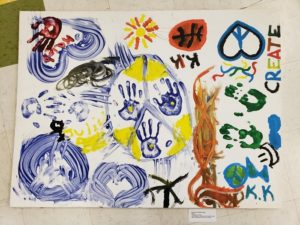 Rarely are they seen as teenagers or youthful members of our community, but more often they are identified by their mistakes.
Rarely are they seen as teenagers or youthful members of our community, but more often they are identified by their mistakes.
We decided to create our own exhibition called, Telling Our Stories, where each youth painted a self-portrait explaining the depth of who they really were.
Without formal art instruction, the youth painted their self-portraits. They were encouraged to expand beyond any boundaries of what is considered a formal image and examples of different types of self-portraits were provided.
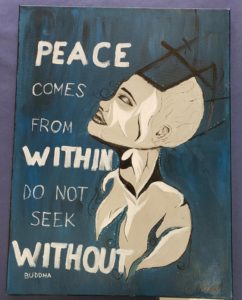
After all of their paintings were hung in TMA’s Student Artist Gallery, each youth, their families, their social workers, teachers, and even the district attorney came for an open house.
Those who felt comfortable were invited to talk about their piece. All evening, conversations focused around identity, aggression, abuse, beauty, happiness, depression, anger and love. Emotion filled the space, but the most profound emotion was pride.
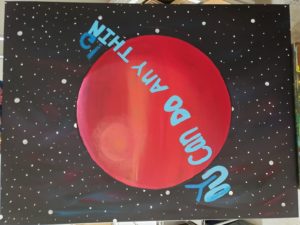
The youth felt accomplished and the adults realized how profound this experience was for everyone involved.
We had to continue and expand this program as much as possible.
With the Community Foundation’s Bright Idea Fund grant, TMA will continue to develop more art immersion programs for the youth in the Restorative Justice Program over the next two years and beyond.
Each youth who participates will be provided with the tools (both intellectually and literally) to use art as a healthy outlet for the trauma and stress they experience throughout their lives.
You can make the Bright Ideas burn even brighter by adding your support.
Check out our current Bright Idea Fund results from 2018 – 2019!
See how our Bright Idea Fund impacted our community last year.
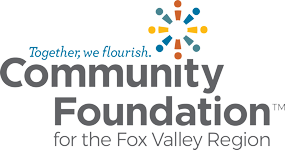
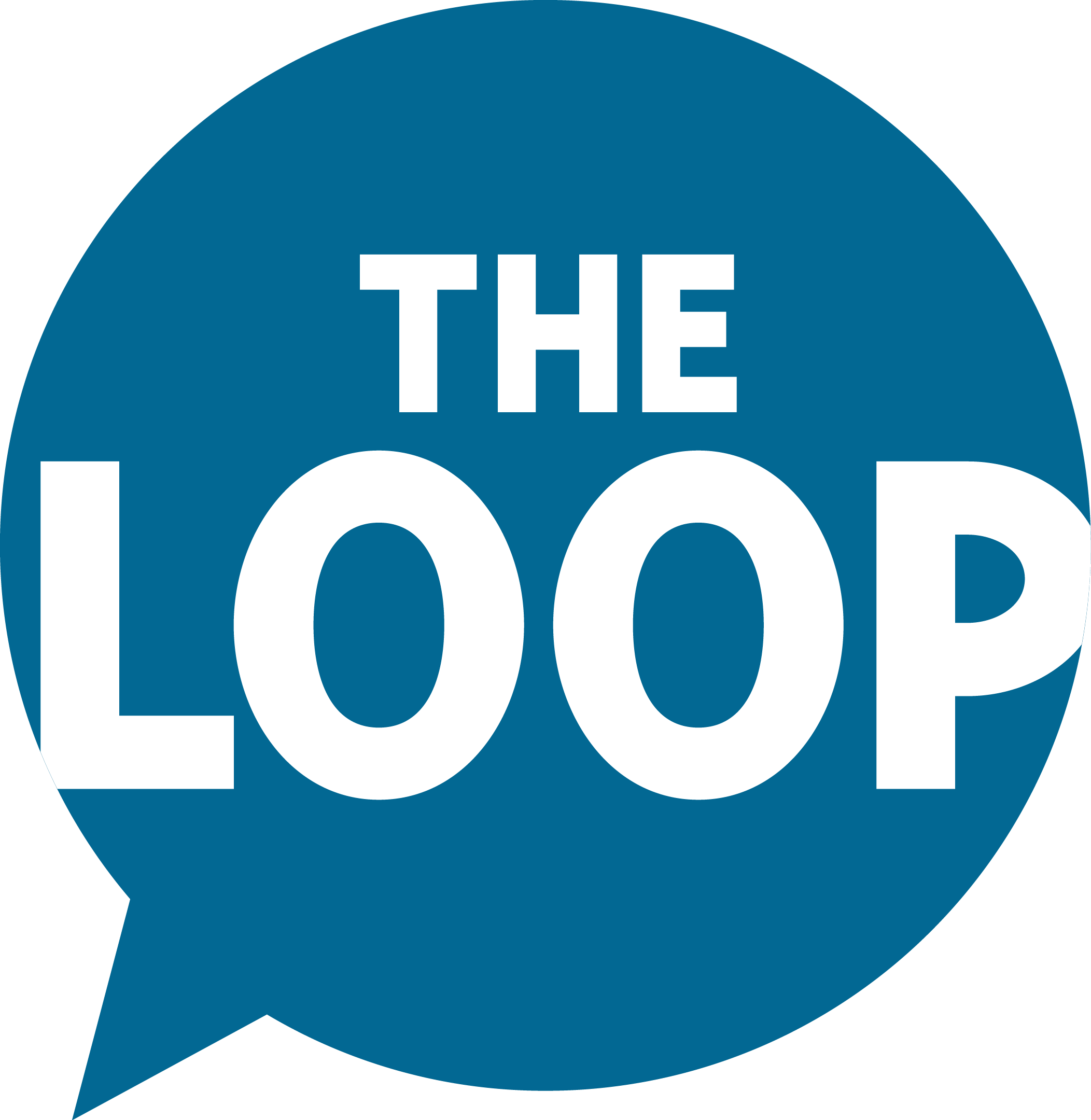
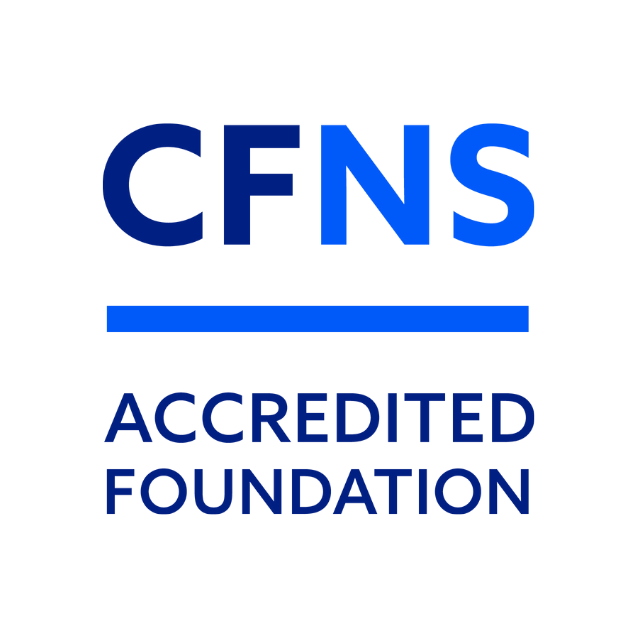
Leave a Comment